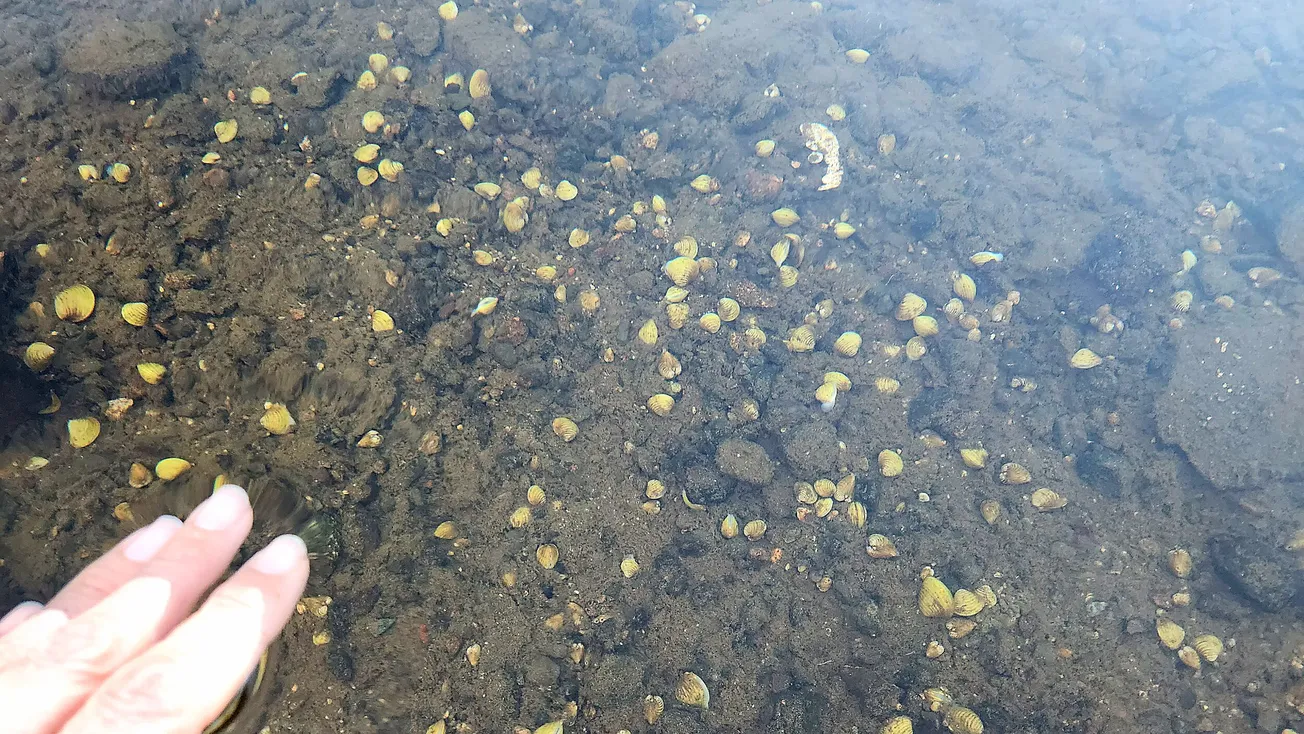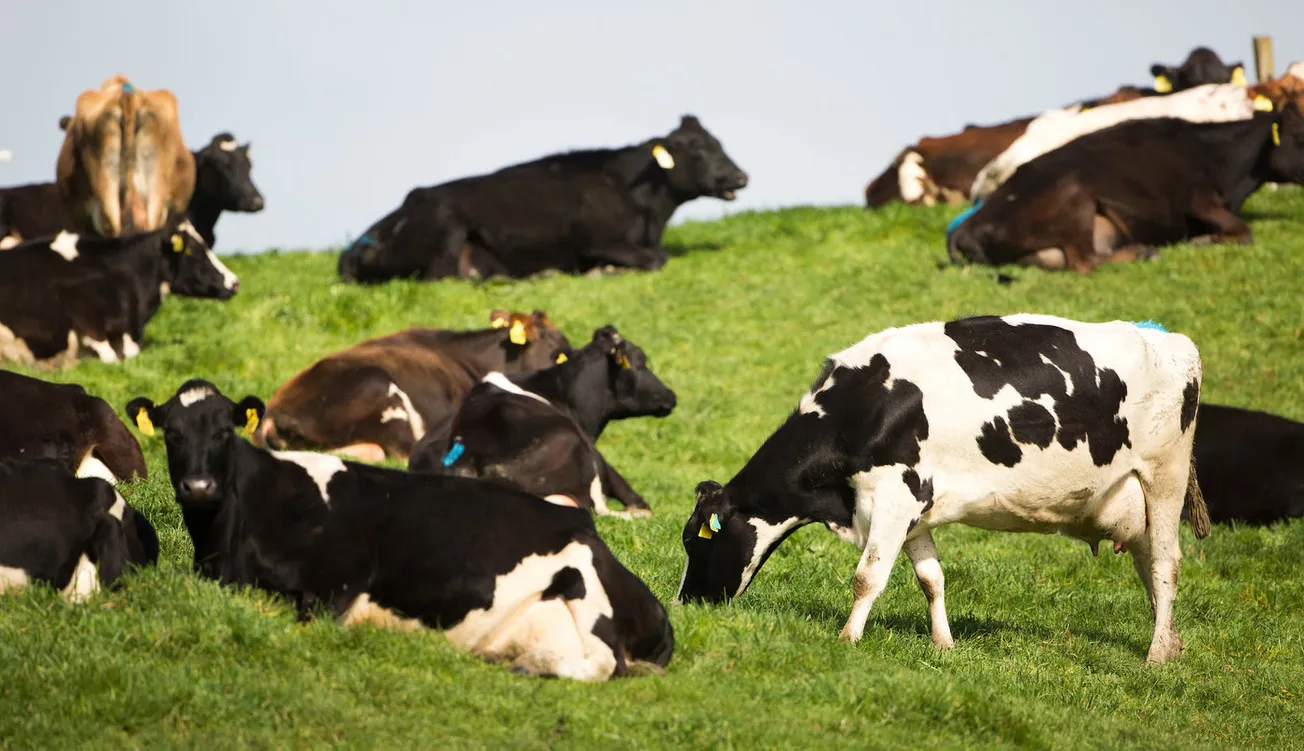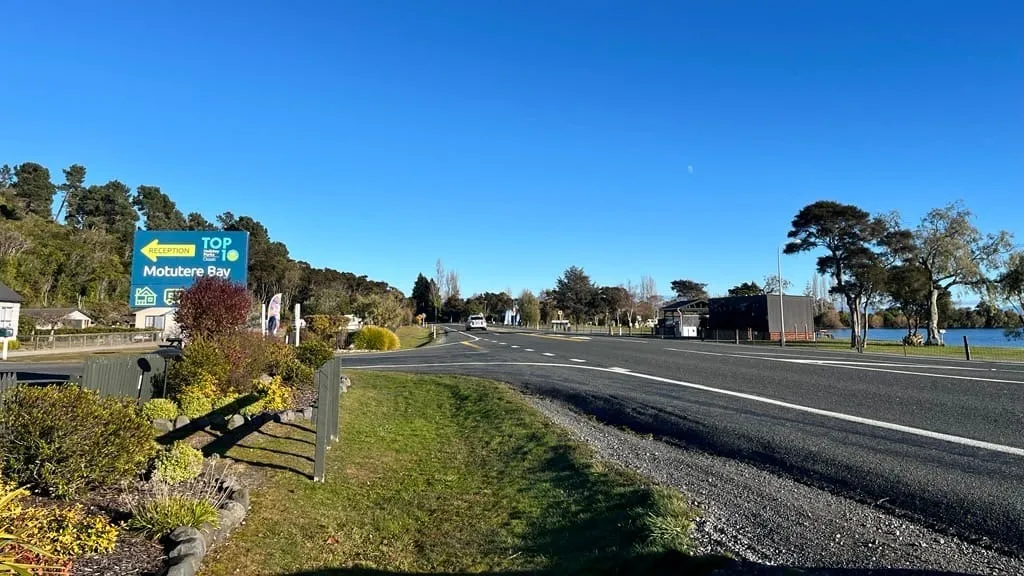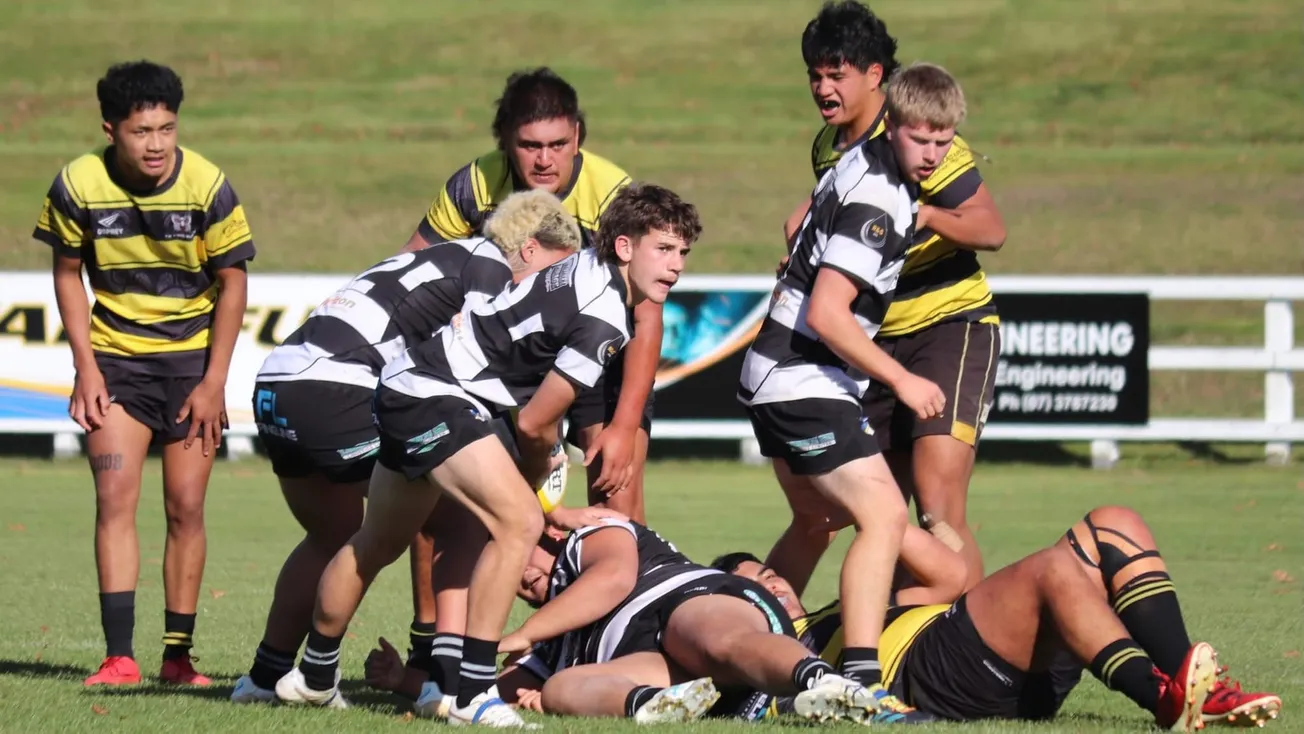The control of invasive clams and recent educational initiatives by Kids Greening Taupō are the topics at the June 19 meeting of the Taupō Lakes and Waterways Trust.
Scientists for the Ministry of Primary Industries will update information presented at the Trust’s November forum including more detail on a collaborative long-term management plan while
Kids Greening Taupō lead education co-ordinator Rachel Thompson will outline how the organisation has been raising awareness in schools.
The invasive clam Corbicula fluminea was found in the Bob’s Landing area of the Waikato River near Lake Karāpiro in May 2023. Later, it was also found in the Waikato River from Lake Maraetai Landing to Tuakau.
Thompson said accompanying kids on a school camp at Lake Karāpiro and realising she needed to give them the check, clean, dry message started her on a bigger campaign.
“When I came home I had a sleepless night because those 62 children from a local school… had been swimming, paddle boarding, they had been in the water in their clothes, shoes, everything and they were coming back on the Friday to do the Ironkids Triathlon on the Saturday.”
Knowing a pair of damp togs would be enough to inadvertently transfer the pest from the Waikato River to Lake Taupō was “a terrifying moment.”
Spurred on by questions from other parents on the camp she thought: “I’m the environmental educator so came back and had a bit of a realisation that actually someone needs to be going around the schools…
“If we can get the messaging to the kids, then they will get the messaging to their families which is the easiest way to get it to the community.”
Discussions with organisations including Tūwharetoa Māori Trust Board, Waikato Regional Council and Biosecurity New Zealand resulted in the creation of a series of student friendly resources including printable wordfinds, crosswords and worksheets as well as an online information resource on the KGT website.
That has been followed by visits to as many schools as possible in Tūrangi and Taupō.
The juvenile clams are invisible to the naked eye, Thompson said, and once the self-fertile molluscs reach a reproductive stage, they can produce 400 to 500 babies a day.
“So it's quite terrifying when you think about it. It's that drying things for 48 hours that's the most important.”
And she is still noticing plenty of adult helpers at her sessions surprised they don’t know more themselves.
Part of Thompson’s presentations involve stressing the difference between the freshwater native mussel kākahi (Echyridella menziesi) and the invasive clam.
“We've got people removing kākahi from the lakes at Whakamaru and Taupō because they think that they're invasive clams and reporting them and putting messaging out there on Facebook… so that’s led to quite a lot of false news. A lot of people think we have clams in the lake which we don't – they’ve seen kākahi.”
Thompson will make a presentation to the Thursday, June 19 meeting of the Taupō Lakes and Waterways Trust at Waiora House from 5.15pm alongside presentations from scientists working for the Ministry of Primary Industries.
MPI’s long term management plan includes a national surveillance strategy, and the development of a rapid assessment plan for new incursions as well as research to better understand the clam’s impact on waterways and expanding public awareness of Corbicula.
Overall, the focus is to contain the clam to the current known areas in the Waikato catchment, reduce its impact where feasible, and develop tools to achieve this.
More information will also be presented on a treatment to eliminate Corbicula australis from a lagoon at Wairakei which began in March.
Other invasive clam news
In other updates on clam control Biosecurity New Zealand has collaborated with Waikato Regional Council and the New Zealand Water Ski Racing Association to conduct trials of a hot-water treatment for ballast tanks.
The one-off trial used a system developed by the council to treat the tanks with water heated to 50-55 degrees for five minutes, a treatment scientifically proven to kill juvenile Corbicula.
The "hot water trolley" system was successfully tested on 22 boats with hard ballast tanks.
A pilot ballast-tank treatment service is now planned as an option for boaties who use Waikato waters. Work is underway to develop service specifications, a verification system, and to identify a suitable Waikato-based service provider.






